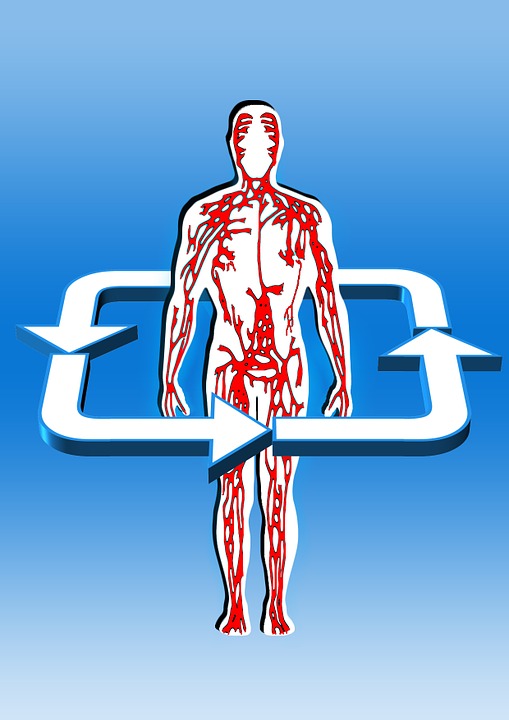Note that your final mark will not be saved in the system.
3.1.1.2 Cardiovascular system Typeit
Type the correct answers into the spaces. Fill all the spaces before clicking ‘Check Answers!’

There are various systems in operation that influence the amount of blood arriving at the muscle and returning to the heart during exercise and recovery, as well as the extraction of oxygen at the muscle. Let's explore these below.
During exercise
Redistribution of cardiac output:
Skeletal muscles aren't the only type of muscle that demand blood supply; there are also smooth muscles in the digestive system that require oxygen to move food through the stomach. However, the reliance on oxygen is greater in the skeletal muscles during exercise and it must, therefore, be redistributed away from these organs and directed towards the working muscles. This mechanism is called and is regulated by various systems:
- The vasomotor centre – located in the medulla oblongata – senses indicators of exercise stress such as a greater temperature and carbon dioxide presence in the blood, and then acts by stimulating the nervous system. This causes arteries and to at the working muscles and at muscles of lower priority during exercise, improving blood flow from the arteries to the capillaries.
- Precapillary sphincters (smooth muscle fibre structures that surround the entry of capillaries), at working muscles to facilitate the blood flow into the capillaries while restricting blood flow to the capillaries around lower-priority organs during exercise.
Oxygen extraction:
The oxygen difference (a-vO2 diff) is a measure of the amount of oxygen being extracted from capillary blood during exercise. As more blood arrives at the muscle during exercise, a greater amount of oxygen is available for extraction, thus the difference between oxygen in arterial blood arriving at the muscle and venous blood leaving the muscle increases.
A widening in the a-vO2 diff occurs in trained individuals due to several muscular adaptations that occur with training: a greater size and density of , the site of aerobic respiration; an increase in the content, the oxygen-binding pigment which results in a greater acceptance of oxygen; and a greater capillarisation of the muscle, increasing diffusion capacity.
Venous return:
As the circulatory system is a closed loop, any increase in cardiac output with exercise will be met by an equivalent increase in the volume of deoxygenated blood returning to the heart from the muscles. This departure of blood from the muscle to the heart is known as venous return and is facilitated by several mechanisms:
- Pocket – force blood to flow in one direction, preventing any backflow
- Muscle pumps – veins between skeletal are squeezed, increasing the speed of blood flow
- Veins feature smooth muscles which help contract and decrease the resistance of blood flow back to the heart
- helps blood return from the upper part of the body
- pump – movement of the chest and abdominal cavity during inspiration and expiration causes changes in pressure that work to squeeze blood back towards the heart
Changes in venous return during exercise reflect changes in blood pressure. As venous return increases during exercise, blood pressure increases due to the greater pressure exerted on the wall of the arteries once the heart contracts.
During recovery
The mechanisms that regulate vascular shunting will initially continue to function before gradually reducing as the body returns towards a resting state. The pattern of cardiac output during recovery will be matched by venous return. Both will remain elevated for a short period of time after exercise to repay oxygen debt and clear waste products before activation of the nervous system results in a steady decline in heart rate.